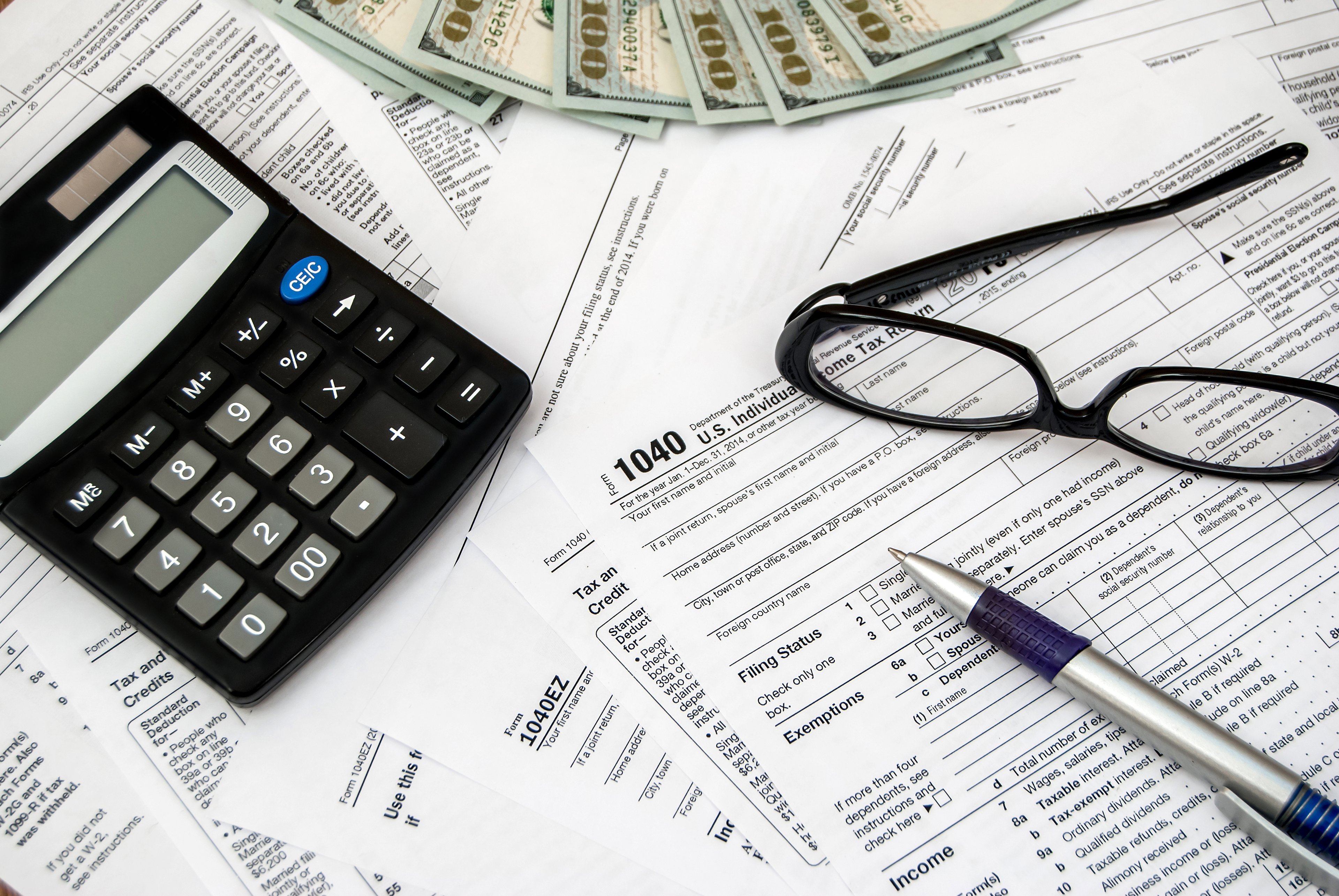Many people never think about taxes until the last possible moment. But if you look at tax strategies before they get on everyone else's radar, you can often get better results. One area where that's the case is with tax loss harvesting, which involves selling stocks on which you've lost money in order to claim the capital losses on your tax return. Although you have until Dec. 31 to harvest your tax losses for 2016, there are compelling reasons to move forward more quickly to take advantage of the strategy.

Image source: Getty Images.
What tax loss harvesting does
Harvesting tax losses is a time-honored tradition among investors, and although it's never fun to admit defeat on a stock position, the tax benefits at least take some of the sting out of your losses. The IRS lets you claim investment-related losses on your tax return as long as you sell the money-losing investment at some point during the year. You can then use the resulting capital losses to offset any capital gains on other investments that you might have.
In addition, if you have extra losses that you don't need to offset gains, you can use up to $3,000 more of those losses to offset other types of income. That includes not only interest and dividends from investments but also wages, salaries, and other income totally unrelated to your portfolio.
The risks of waiting to harvest
Because the deadline for tax loss harvesting isn't until Dec. 31, most taxpayers wait until November or December before starting to use the strategy. In part, that's because typical investors don't even think about taxes until close to the end of the year. Also, selling a stock has the psychological impact of turning what had been a paper loss into a permanent financial loss, and many investors put off selling for tax loss harvesting in the hope that the stock will bounce back and eliminate the loss entirely.
However, smart investors know that whenever you're following the crowd, there's a risk of getting less than optimal performance from your investing strategy. With tax loss harvesting, it's easy to predict which stocks will have the most people seeking to take advantage of the strategy. Would-be buyers also know that there's incentive for existing shareholders to sell, and so they'll hold out for lower prices. That will often send share prices of tax loss harvesting candidates even further downward, exacerbating losses.
Why you should think about harvesting quickly
By contrast, harvesting tax losses in the late summer or early fall can be a great way to avoid or even take advantage of this phenomenon. Right now, the stock market is still relatively close to its all-time highs, and so selling a losing position now eliminates the risk of a market reversal that could pull the entire stock market lower.
Picking now to use a tax loss harvesting strategy also helps you get in at the front end of any selling pressure that results from others claiming their tax losses. In any wave of selling, the first sellers should get a better price than the last sellers, especially in a well-telegraphed event like using this tax strategy. Even if the overall market doesn't fall, stocks that are candidates for tax loss harvesting often decline as the end of the year approaches.
Finally, harvesting tax losses now gives you an attractive alternative if you still like the stock you're selling. Wash sale rules require that in order to take the loss on a sold stock, you have to wait more than 30 days before repurchasing it. If you wait until the end of the year to sell, then many investors find that early market rallies in January force you to pay more than you sold the stock for. Conversely, if you sell now, you can look to repurchase right when everyone else is starting to follow the tax-loss sale strategy. That could potentially let you pay less, eking out an additional profit as well as the tax savings.
Be a smart harvester
Tax loss harvesting can help you make lemonade from the lemons of losing stock picks. By thinking about using the strategy sooner than later, you can end up with better results that will leave you in better shape than your procrastinating peers.





